Home » Get To Know The LGBTQ+ Flags
- July 4, 2023
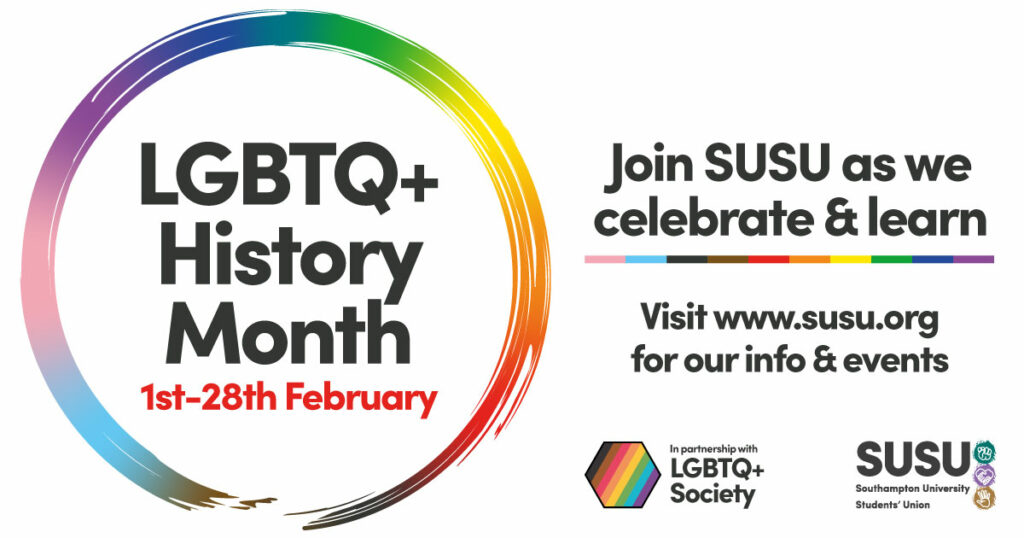
As part of LGBTQ+ History Month, we would like to celebrate and help educate members of the LGBTQ+ community and their allies by learning the meanings and history behind the different Pride flags.
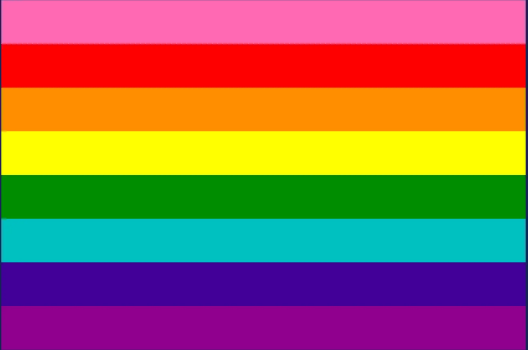
The Gilbert Baker Pride Flag
This was the flag that started it all! Created in 1977 by Gilbert Baker, Baker and Harvey Milk were tasked to create a flag for the queer community, which led to the creation of a rainbow flag with eight different colours. Inspired by the classic song “Over the Rainbow” from the 1939 film The Wizard of Oz, each color in the rainbow flag holds a specific meaning and represents something different. The hot pink symbolises sex, while the red equals life, orange symbolises healing, yellow stands for sunlight, green represents nature, turquoise equals magic & art, indigo stands for serenity and violet represents the spirit of LGBTQ people.
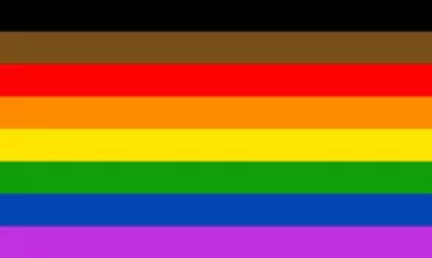
The Philadelphia Pride Flag
This flag came out in response to the demand of more inclusivity across the LGBTQ+ community. The flag launched in 2017 as part of the “More Color More Pride” Campaign in Philadelphia. The addition of black and brown stripes to the traditional pride flag symbolised people of colour, who historically were not always included in aspects of the mainstream gay rights movement.
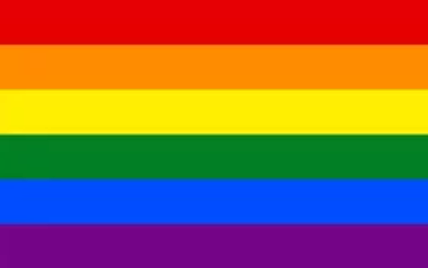
The 6-Colour Pride Flag
This Pride Flag is one of the most well-known and used LGBT flags throughout history. Hot pink wasn´t included in the fabrication of these flags, because the fabric was hard to find. In 1979, the flag was modified again. Aiming to decorate the streetlamps along the parade route with hundreds of rainbow banners, Gilbert Baker decided to split the motif in two with an even number of stripes flanking each lamp pole. To achieve this effect, he dropped the turquoise stripe that had been used in the seven-stripe flag. The result was the six-stripe version of the flag that would become the standard for future production.
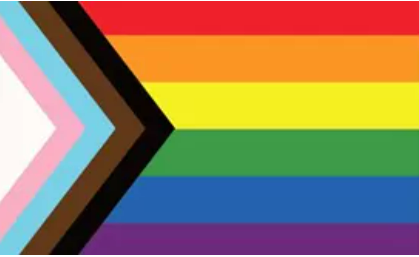
The Progress Pride Flag
Given the evolving nature of the LGBTQ+ community and society at large, the Progress Pride Flag integrates many of these flags into one. Our community is such a huge umbrella of different kinds of people and that is what makes us so special and powerful. The modern pride flag now includes stripes to represent the experiences of people of color, as well as stripes to represent people who identify as transgender, gender nonconforming (GNC) and/or undefined, as well as people who are living with or have passed from HIV/AIDS as well as the overall stigma surrounding this today.
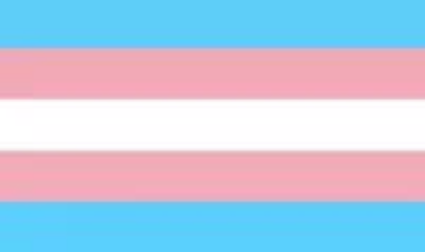
The Transgender Flag
The Transgender flag was first created in 1999 by Monica Helms, a transgender woman. Light blue and pink are featured because they’re the traditional colours associated with baby boys and girls, respectively. The white stands for those who are intersex, transitioning or those who feel they don’t identify with any gender.
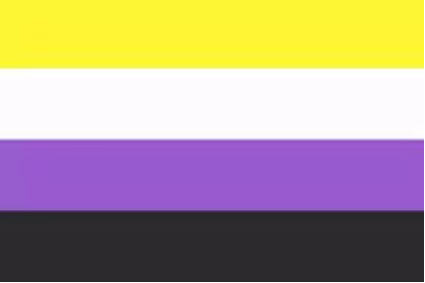
The Nonbinary Flag
In 2014, Kye Rowan created the Nonbinary Pride Flag to represent people whose gender identity does not fit within the traditional male/female binary. The yellow within the flag signifies something on its own or people who identify outside of the cisgender binary of male or female. (A cisgender person would be a person whose gender identity matches their sex assigned at birth.) The white, a colour that consists of all colours mixed, stands for multi-gendered people. Purple, like the lavender colour in the genderqueer flag, represents people who identify as a blending of male and female genders. Finally, black (the absence of colour) signifies those who are agender, who feel they do not have a gender.
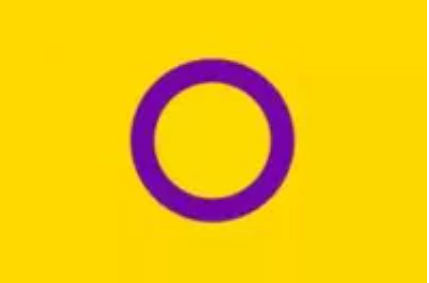
The Intersex Flag
This flag went through a variety of alterations before the current Intersex Flag emerged. Previous versions embraced the rainbow that is often associated with queer pride, while others used colours like blue and pink, which are found on the transgender flag. In 2013, Morgan Carpenter chose the colours yellow and purple for the intersex flag. Morgan moved away from the rainbow symbolism and selected these colors because neither is associated with the social constructs of the gender binary. The circle, perfect and unbroken, represents the wholeness of intersex people. It is a reminder that intersex people are perfect the way they are or choose to be.
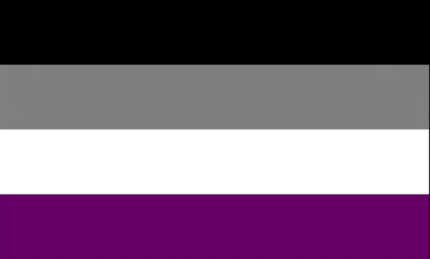
The Asexual Flag
The Flag for the Asexual Community was created in 2010 by the Asexual Visibility and Education Network. Asexual is the lack of sexual attraction to others, or a low interest in sexual activity, but asexuality can mean different things to different people, it is best to ask each individual what it means to them. For some people, it may mean that they rely on other types of attraction instead of or in place of sexual attraction. Asexual can be an umbrella term and each colour in this flag also represents something unique. Black stands for asexuality. Grey represents demi-sexuality, for those who develop sexual attraction to someone only after forming a deep emotional bond with them. White stands for the allies of the community. Purple represents the entire community of asexual folks.
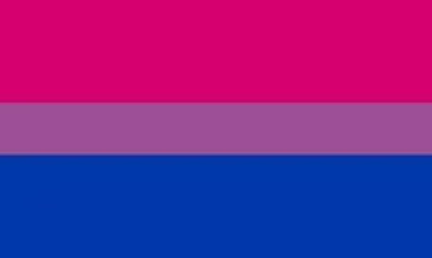
The Bisexual Flag
The Bisexual Pride Flag was created in 1998 by Michael Page. His idea for the flag represents pink and blue blending to make purple. The way that bisexual people can blend into the straight community and the gay community. The colours of the flag also represent attraction to different genders. The pink symbolizes attraction to the same gender, while the blue represents attraction to a different gender. The purple represents attraction to two or more genders, the definition of bisexuality.
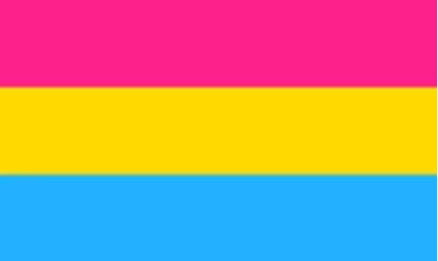
The Pansexual Flag
The Pansexual Flag was created in 2010. Pansexuality represents those people who feel attracted to a person without thinking about gender. Pansexual people may refer to themselves as gender-blind, asserting that gender and sex are not determining factors in their romantic or sexual attraction to others. This means that they can feel attraction to those who identify as women, men, both or neither. The pink on the flag represents attraction to women, blue represents attraction to men, and yellow stands for attraction to those who don’t identify with either gender. Pansexuality may be considered a sexual orientation or a branch of bisexuality, to indicate an alternative sexual identity. Because pansexual people are open to relationships with people who do not identify as strictly men or women, and pansexuality therefore rejects the gender binary, it is often considered a more inclusive term than bisexual.
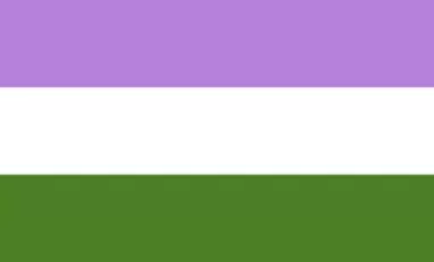
The Gender Queer Pride Flag
The Gender Queer pride flag was created by the advocate and genderqueer writer Marilyn Roxie in 2011. The flag has three horizontal stripes: lavender, white, and dark chartreuse green. The lavender, a mix of pink and blue which traditionally represents women and men, expresses queer identities and androgyny. White represents gender-neutral and agender identities. Chartreuse represents identities that aren’t in the gender binary and the third gender. A genderqueer does not subscribe to conventional gender distinctions but identifies with neither, both, or a combination of male and female. Gender queer is similar to non-binary but has a slightly different meaning. It is sometimes used as an umbrella term to cover any identity that isn’t cisgender.
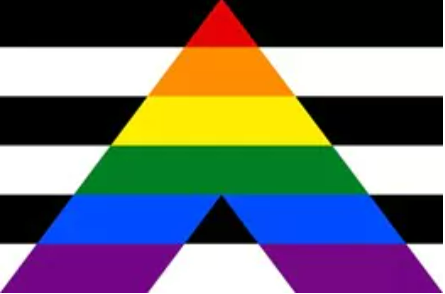
The Straight Ally Flag
The Straight Ally flag is using the black-white “colours” of the heterosexual flag as a field, it adds a large rainbow coloured “A” (for “Ally”) to indicate straight support for the Gay Pride/Equal Marriage movement. A straight ally or heterosexual ally is a heterosexual and/or cisgender person who supports equal civil rights, gender equality, LGBT social movements, and challenges homophobia, biphobia and transphobia. A straight ally believes that LGBT people face discrimination and thus are socially and economically disadvantaged.
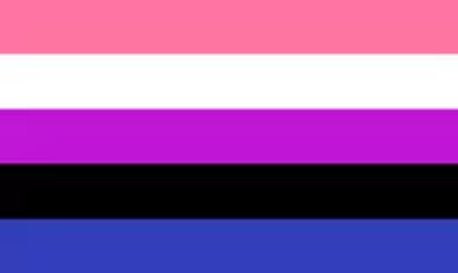
The Gender Fluid Flag
Genderfluid people identify with different gender identities over time, and may want to remain flexible about their gender identity instead of committing to a single identity or definition. The genderfluid identity generally falls under the wider transgender umbrella. Pink represents femininity or feeling female. White represents lack of gender, Purple represents a combination of masculinity and femininity and degrees of androgyny, Black represents all other genders, third genders and pangender, Blue represents masculinity and feeling male.